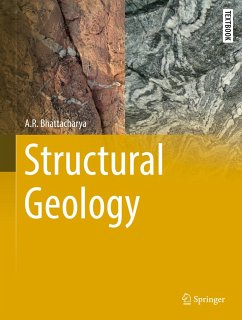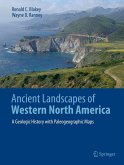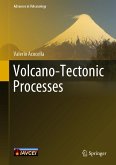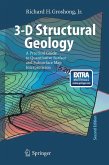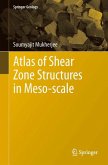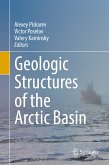This textbook is a complete, up-to-date, and highly illustrated account of Structural Geology for students and professionals, and includes fundamentals of the subject with field and practical aspects. The book aims to be highly reader-friendly, containing simple language and brief introductions and summaries for each topic presented, and can be used both to refresh overall knowledge of the subject as well as to develop models for engineering projects in any area or region. The book is presented in 20 chapters and divided into 3 parts: (A) Fundamental Concepts, (B) Structures: Geometry and Genesis, and (C) Wider Perspectives. For the first time as full chapters in a textbook, the book discusses several modern field-related applications in Structural Geology, including shear-sense indicators, and deformation and metamorphism. Also uniquely included are colored photographs, side by side with line diagrams, of key deformation structures not seen in other books before now. Boxes in each chapter expand the horizons of the reader on the subject matter of the chapter. Questions at the end of each chapter, and detailed significance of the key structures, provide a better grasping to students. Glossary at the end of the book is a refreshing aspect for the readers. Though written primarily for undergraduate and graduate students, the text will also be of use to specialists and practitioners in engineering geology, petrology (igneous, sedimentary, and metamorphic), economic geology, groundwater geology, petroleum geology, and geophysics, and will appeal to beginners with no preliminary knowledge of the subject.
Dieser Download kann aus rechtlichen Gründen nur mit Rechnungsadresse in A, B, BG, CY, CZ, D, DK, EW, E, FIN, F, GR, HR, H, IRL, I, LT, L, LR, M, NL, PL, P, R, S, SLO, SK ausgeliefert werden.

